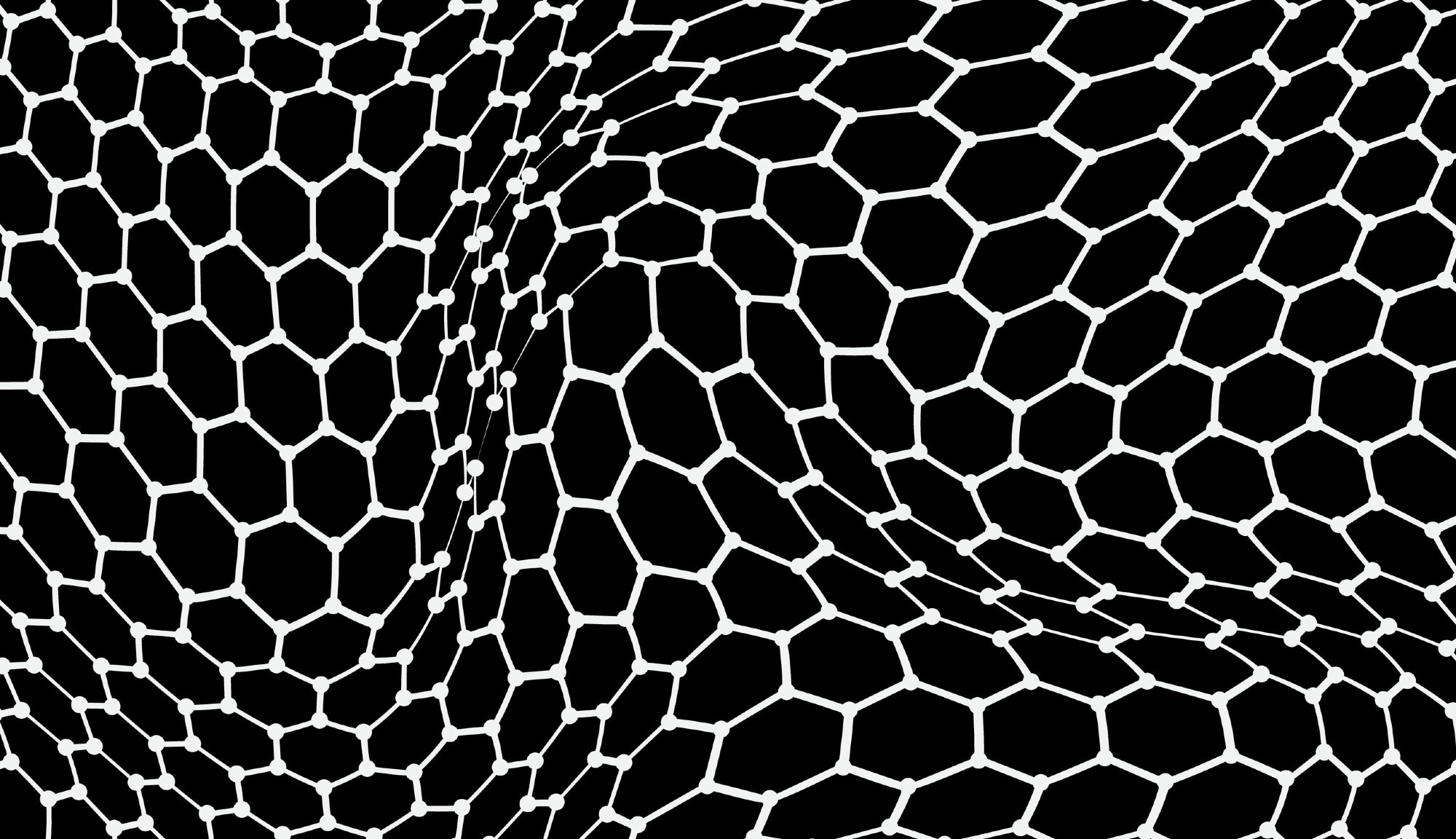A structural flip at the nanoscale unlocks powerful gains in catalytic speed and stability for clean hydrogen generation.
 Image Credit: Litvinova Oxana/Shutterstock.com
Image Credit: Litvinova Oxana/Shutterstock.com
A recent study published in Materials and Interfaces introduced a new strategy to enhance oxygen evolution reaction (OER) catalysis, a key process in green hydrogen production.
By reshaping nanostructures at the atomic level, researchers transformed NiCoMoSeOx nanosheets into nanorods, significantly improving both catalytic activity and long-term stability.
Electrocatalysts with nanoscale features are essential for efficient water splitting, especially in alkaline conditions where OER performance is often a bottleneck. Two-dimensional (2D) nanosheets provide a large surface area and active sites, while one-dimensional (1D) nanorods offer improved charge transport.
Being able to shift between these morphologies could unlock better catalytic performance, but how this transformation affects structure and function is not fully understood.
Time-Dependent Morphological Change
The team synthesized selenium nanoparticles (~37.5 nm) as sacrificial templates and used a galvanic replacement reaction at 70 °C to form NiCoMoSeOx nanosheets. By extending the reaction time from three to 24 hours, the nanosheets gradually evolved into uniform nanorods.
STEM and TEM imaging revealed a progression from amorphous, wrinkled sheets to highly crystalline rod-like structures.
Elemental analysis confirmed that Ni, Co, Mo, Se, and O were evenly distributed throughout the nanorods. The transformation also led to increased oxygen content and a shift in oxidation states, as shown by XPS, indicating chemical as well as structural evolution.
Want all the details? Grab your PDF here!
Stronger, Faster, and More Stable
This morphological shift had a dramatic effect on performance. Compared to nanosheets, nanorods exhibited a much lower overpotential at 10 mA/cm2, dropping from roughly 383 mV to 260 mV, indicative of improved catalytic efficiency.
Electrochemical impedance spectroscopy showed charge transfer resistance fell from about 13.26 to 7.15 Ω cm2, reflecting enhanced electron mobility.
The nanorods were also more durable. Stability tests revealed a minimal degradation rate of just 1.468 mV/h at 300 mA/cm2 over 200 hours, outperforming the nanosheets, which showed structural fluctuations under similar conditions.
In situ ATR-SEIRAS spectroscopy offered further clues about the enhanced activity. The nanorods demonstrated stronger hydroxyl (OH) adsorption due to more accessible OH groups, especially at potentials below 1.4 V. This interaction is hypothesized to play a key role in accelerating the OER process.
Importantly, the presence of low-valence molybdenum (Mo) species helped protect the structure by limiting selenium (Se) leaching, further supporting long-term stability.
Toward Smarter Catalyst Design
This work highlights the power of nanoscale engineering, not just tweaking composition, but rethinking entire structures. The transition from 2D to 1D forms creates more ordered, conductive catalysts for alkaline OER.
As industries look to scale green hydrogen technologies, such findings could inform the design of next-generation electrocatalysts. Future research may explore whether similar morphological tuning can improve other catalytic systems or electrochemical processes.
Journal Reference
Luo J., et al. (2025). Morphological Transformation of NiCoMoSeOx from Nanosheets to Nanorods for Enhanced Oxygen Evolution. Materials Interfaces, 2(4), 375–387. DOI: 10.53941/mi.2025.100029, https://www.sciltp.com/journals/mi/articles/2510001673